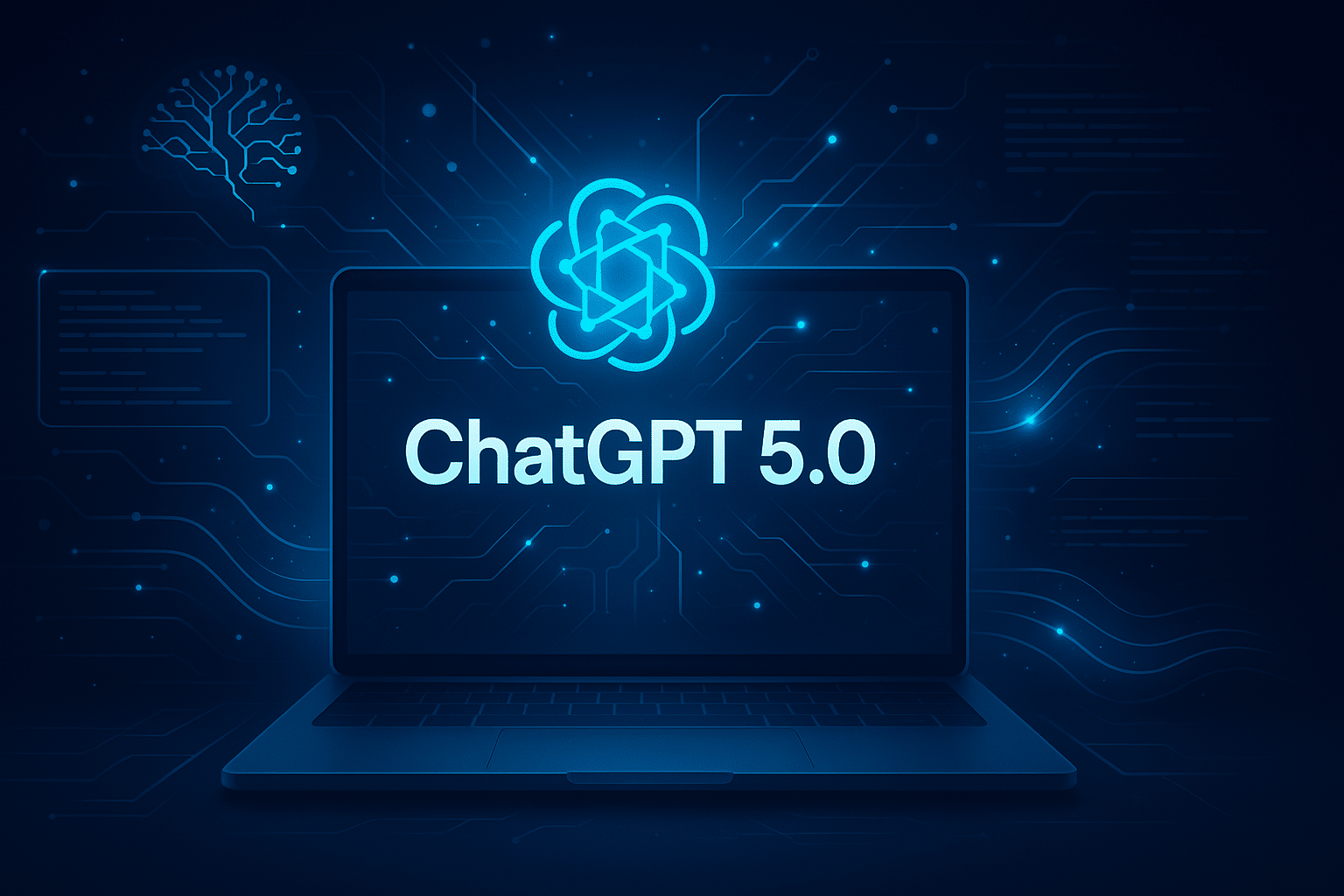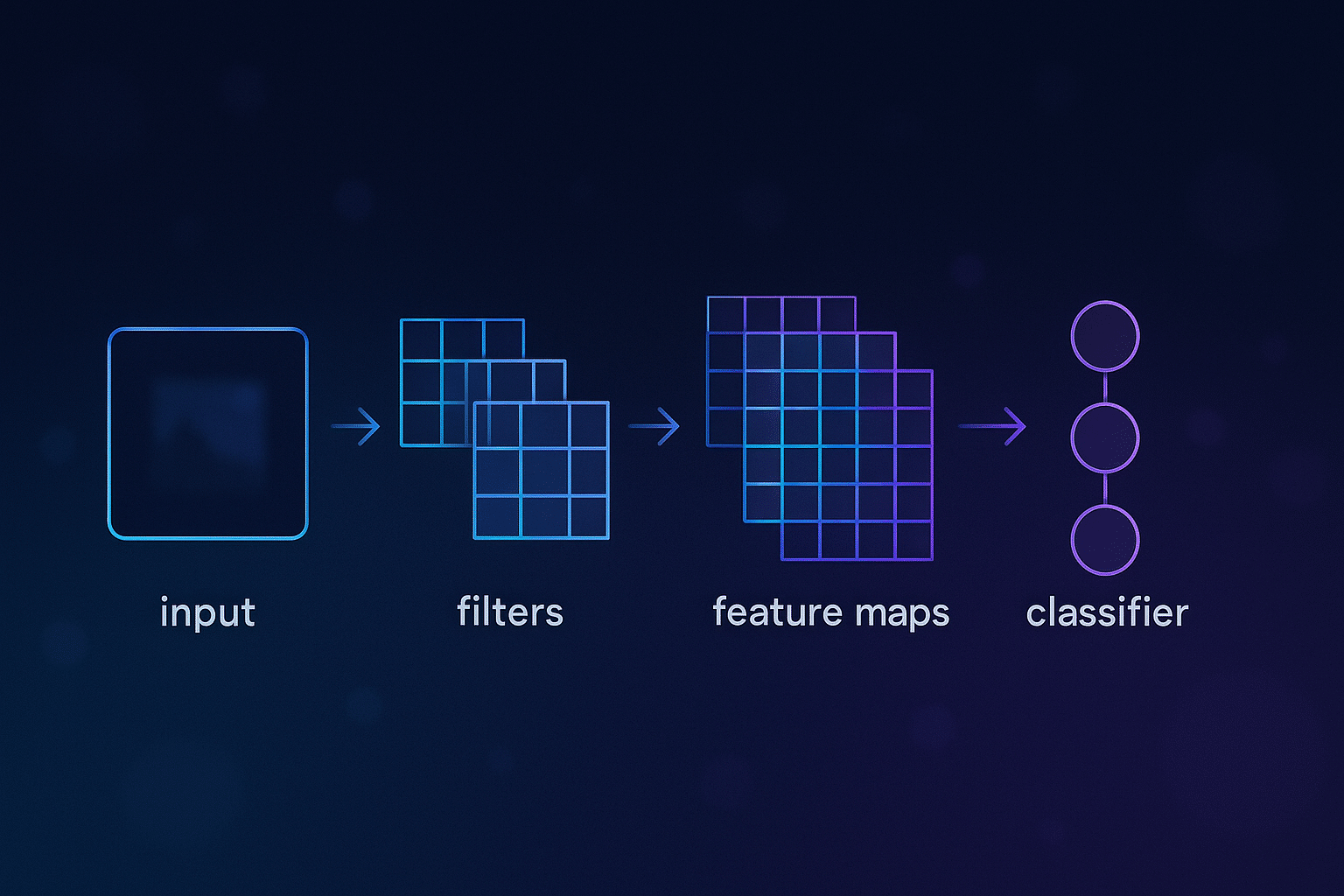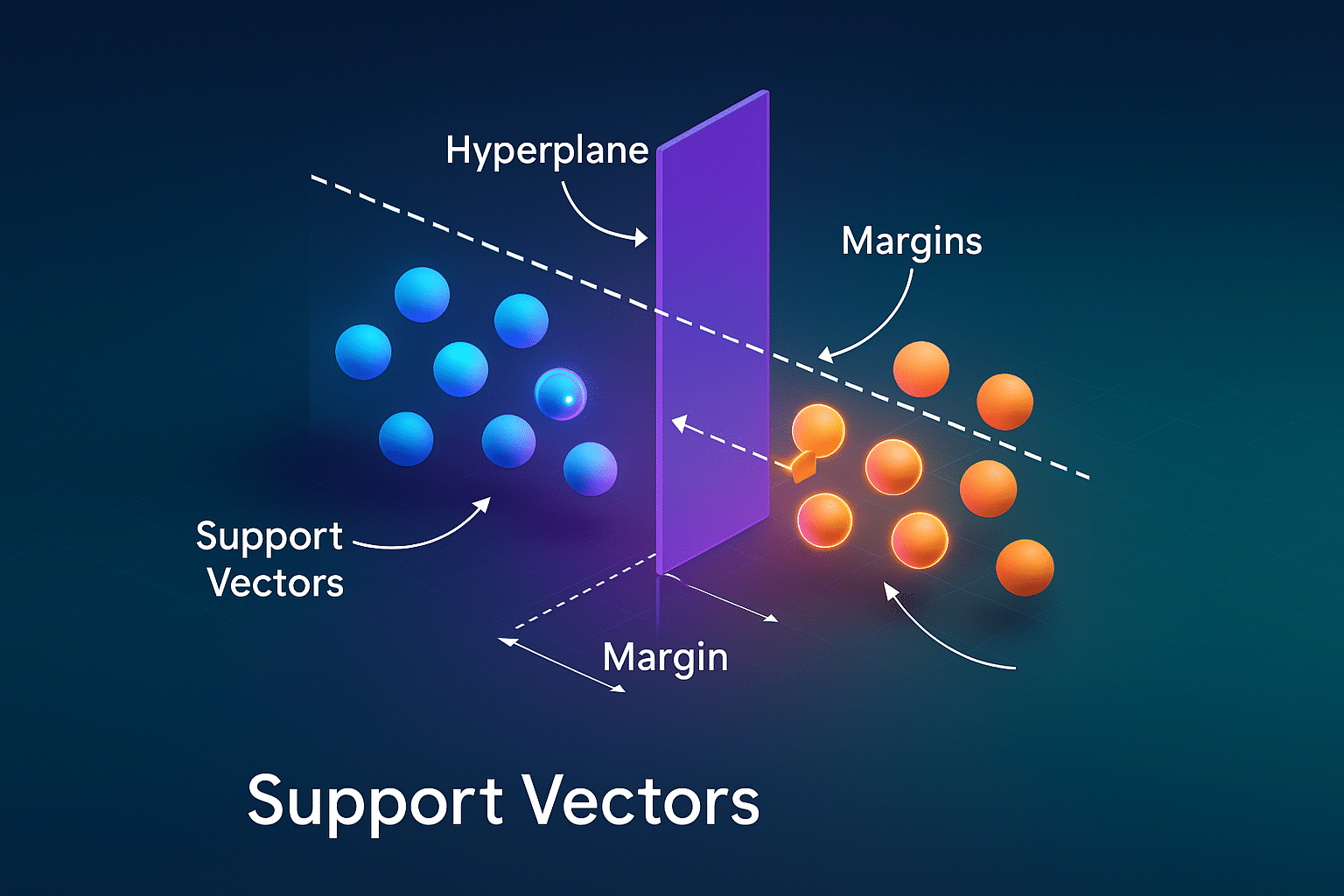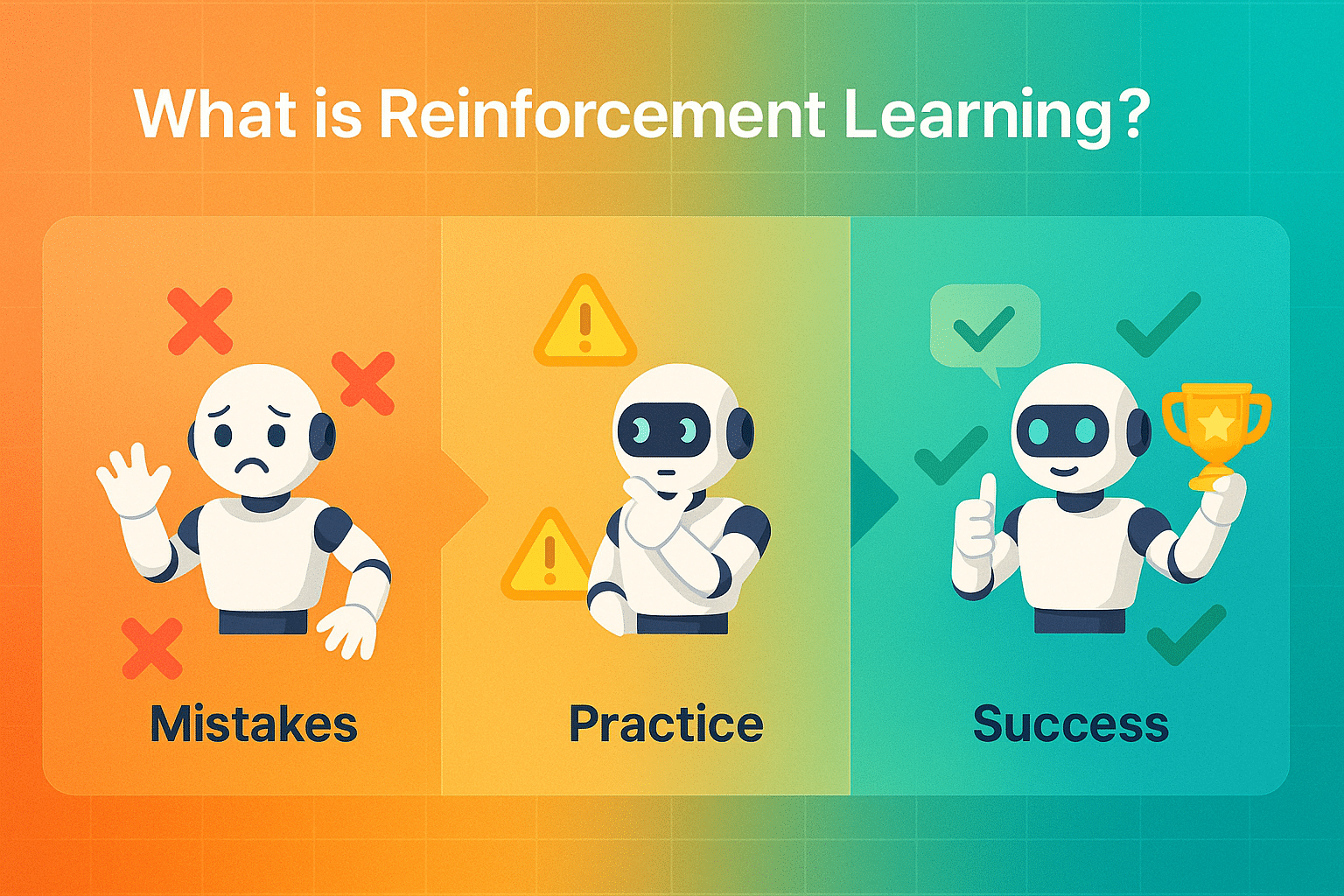In today’s digital world, getting high-quality backlinks is key for a website’s success. Did you know that a single high-quality backlink can increase a webpage’s ranking by up to 45%? This shows how important brand building and topic associations are for our online presence.
As we explore SEO in 2025, it’s clear that co-citations in trusted content matter a lot. We can build links like a PR pro by making content that our audience loves. This content should be so good that other trusted sources want to cite it.
Key Takeaways
- High-quality backlinks significantly impact a webpage’s ranking.
- Brand building and topic associations are crucial for SEO success.
- Co-citations in trusted content boost website credibility.
- Creating resonant content is key to attracting reputable citations.
- Understanding SEO principles is essential for effective link building.
The Changing Landscape of Link Building for Blogs
The world of link building has changed a lot. Now, it’s all about being present and relevant, not just passing PageRank. As Google and Large Language Models (LLMs) get smarter, we need to change how we build links.
Why Traditional Link Building Tactics No Longer Work
Old ways like keyword stuffing and link farming don’t work anymore. These methods are seen as spammy and can hurt your rankings. A study found that 65% of SEO pros have stopped using these tactics because they don’t work.
“The key to successful link building is creating content that is worthy of being linked to.” –
How PR Strategies Have Become the Gold Standard
Now, PR strategies are the top choice for link building. By building relationships with journalists and making content that’s newsworthy, bloggers can get quality links. Here’s a comparison of old link building methods and PR strategies:
| Aspect | Traditional Link Building | PR Strategies |
|---|---|---|
| Focus | Manipulating links | Building relationships |
| Content Quality | Often low-quality | High-quality, newsworthy |
| Outcomes | Short-term gains, potential penalties | Long-term links, improved reputation |
By using PR strategies, bloggers can make their link building better and boost their online presence.
Key PR Principles That Drive Successful Link Building
Successful link building starts with PR strategies that focus on value and building relationships. In today’s digital world, just asking for links doesn’t work anymore. We need a strategic plan to build real connections with other websites and influencers in our field.
Value Exchange vs. Link Begging
Link begging is when we ask other sites to link to us without giving anything back. This method often gets rejected. A better strategy is to offer high-quality content, resources, or services that help others. This makes them more likely to link to our site.
Relationship Building as a Long-Term Strategy
Building relationships with influencers, bloggers, and other relevant sites is a long-term plan. It greatly benefits our blog’s SEO. By building trust and providing value, we earn quality backlinks that boost our site’s authority and visibility.
This method takes time and effort but pays off in the long run, making our online presence stronger.
Essential PR Skills Every Blog Owner Must Master
To succeed in the competitive world of blog link building, mastering essential PR skills is crucial. As we navigate the complex landscape of SEO and online content, understanding how to effectively pitch our stories is key. Building relationships with media outlets is also vital.
Crafting Compelling Pitches That Get Responses
Crafting pitches that resonate with journalists and influencers requires a deep understanding of their needs and interests. Tools like Featured.com, Help a Reporter Out, and Help a B2B Writer can be invaluable. They help us find opportunities to pitch our blog content to the right people at the right time.
Media Outreach Techniques That Work
Successful media outreach involves more than just sending out generic press releases. It requires personalized communication and a clear understanding of the media landscape. We must also be able to highlight the unique aspects of our blog content.
Storytelling Frameworks for Link-Worthy Content
Creating link-worthy content often involves using effective storytelling frameworks. By structuring our content in a compelling and engaging way, we can increase its appeal. This makes it more appealing to both readers and SEO algorithms, enhancing our online presence.
Creating Blog Content That Naturally Attracts Links
Creating content that naturally attracts links is key for a successful blog’s SEO strategy. In today’s online world, just making content isn’t enough. It must be worth linking to. So, how do we make such content?
One great way is through original research and data journalism. By doing unique studies or surveys, we offer fresh insights. For example, gathering industry stats or making detailed guides can make our content a top choice. People love to share new numbers and facts, making our content valuable.
Original Research and Data Journalism
Original data can make our content stand out. For example, a study on consumer behavior or market trends can grab a lot of attention. By making complex data easy to understand, we boost the chance of our content being shared and linked.
Expert Interviews and Industry Roundups
Another strategy is to do expert interviews or make industry roundups. By sharing insights from known experts, we add credibility and value to our content. These types of content are often shared and linked to, naturally.
Visual Assets That Publishers Want to Share
Visual assets are also in high demand. Infographics, charts, and other visuals can make our content more engaging and shareable. Publishers often look for quality visuals to improve their articles, making our content valuable.
By using these strategies in our content creation, we can make our blog more link-worthy. This improves our SEO efforts.
Building and Managing Your Media Contact Database
Creating a strong media contact database is key for bloggers wanting to grow their online presence. It helps bloggers reach the right publications and journalists. This increases the chance of getting valuable backlinks.
Finding Relevant Publications and Journalists
To start, we need to find publications and journalists that match our blog’s topics. We can use Google search and tools like Muck Rack or Ahrefs. These help us find the right journalists and publications for our content.
Looking at our competitors’ backlinks can also help. It shows us which publications they’ve worked with. This info is great for making our own list of media contacts.
Organizing Contacts for Effective Outreach Campaigns
After finding our media contacts, we need to organize them for outreach. We can use a spreadsheet or CRM tool. This way, we can sort contacts by publication type, topics, and location.
| Publication | Journalist | Topic |
|---|---|---|
| The New York Times | John Doe | Technology |
| Forbes | Jane Smith | Business |
| Wired | Bob Johnson | Innovation |
Organizing our contacts helps us focus our outreach. This makes our link building efforts more effective for our blog.
Mastering the Art of Outreach Emails
Outreach emails are key in PR strategies. They help bloggers reach out to influencers and journalists. To get responses, you need good subject lines, effective email templates, and follow-ups that don’t bother the recipient.
Subject Lines With High Open Rates
The subject line is what catches the eye first. It’s vital for getting your email opened. Make your subject lines short and to the point. Questions or statements that spark curiosity work well.
For example, “Your Insights on [Industry Topic] Could Help Hundreds” might grab a journalist’s or influencer’s attention.
Email Templates That Generate Responses
Your email template should be personalized and clear about your purpose. Begin by addressing the recipient by name and mentioning their work. Be brief and state what you’re asking for clearly.
Include a clear call-to-action to boost response rates.
Follow-up Sequences Without Being Annoying
It’s important to follow up, but do it without being too pushy. Wait a few days before sending a follow-up. Your follow-up should be short and to the point.
Reiterate your request and maybe add more context or value. A friendly tone and showing gratitude can keep the relationship positive.

Video Content Strategies for Superior Link Acquisition
Using video content can really help get more links. By adding video to our SEO plan, we make our content more fun and shareable.
Creating Video Assets That Journalists Want to Reference
To make videos that journalists like, we need to focus on quality and interest. This means creating things like expert interviews, animations with data, or stories that grab you. This way, our videos are more likely to be shared or mentioned by others.
Optimizing Videos for Maximum Link Potential
Optimizing videos means more than just finding the right keywords. It’s about making them easy to find and fun to watch. We do this by using good titles, descriptions, and tags. Plus, we make sure they work well on phones and load fast.
Distributing Video Content to Attract Natural Links
Getting our videos out there is crucial. We share them on YouTube, Vimeo, and social media. We also put them on our blog and other sites. This makes them more visible and can get us more links naturally.
By using these video strategies, we can boost our link getting and SEO on our blog.
Leveraging HARO and Journalist Request Platforms
To boost your blog’s online presence, using HARO and other journalist platforms is smart. These tools connect bloggers with journalists seeking expert opinions for their stories.
Setting Up Alerts for Relevant Opportunities
Start by setting up alerts that fit your blog’s topic. This way, you’ll get notices about queries that match your expertise. You can then respond quickly and boost your chances of being featured.
Crafting Responses That Stand Out From Competitors
When answering journalist queries, make sure your responses are both informative and engaging. Use a clear, concise writing style. Also, highlight what makes your perspective unique. This will make your response stand out.
Building Relationships Through Consistent Contributions
Being consistent is crucial for building journalist relationships through HARO. Regularly providing valuable insights can make you a go-to source. This increases your chances of being featured in more stories, improving your blog’s SEO.
Digital PR Campaign Ideas That Generate Links to Your Blog
We can make our blog more visible with effective digital PR campaigns. These campaigns boost our online presence and attract quality links. By using the right strategies, we can also improve our blog’s ranking on search engines.
Newsjacking: Inserting Your Blog Into Breaking Stories
Newsjacking is about linking our blog to current news. This strategy helps us use trending topics to our advantage. By quickly providing valuable insights, we can get mentioned in major news outlets.
Creating Viral-Worthy Assets and Hooks
Creating content that people want to share is key. We can do this with high-quality assets like infographics, videos, or interactive content. These should be designed to spread widely, attracting links to our blog.
Seasonal and Trending Topic Campaigns
Running campaigns on seasonal and trending topics can also get links. By creating timely content, we become a top source for information. This approach boosts our blog’s visibility and attracts links during peak times.
| Campaign Type | Description | Link Potential |
|---|---|---|
| Newsjacking | Tying content to breaking news | High |
| Viral-Worthy Assets | Creating shareable content | High |
| Seasonal/Trending Topics | Content around current trends | Medium-High |
By using these digital PR campaign ideas, we can greatly improve our blog’s link profile. This boosts our authority in the SEO world.
Essential Tools for PR-Style Link Building
To excel in PR-style link building, having the right tools is crucial. As we navigate the complex landscape of SEO for our blog, it’s essential to leverage tools that streamline our efforts.
Media Database and Contact Finding Tools
Tools like Cision and Muck Rack are invaluable for finding and managing media contacts. They provide comprehensive databases that help us identify relevant journalists and publications for our outreach efforts.
Email Outreach and Campaign Management Software
For effective email outreach, tools such as Mailchimp and HubSpot are indispensable. They enable us to craft compelling emails, manage campaigns, and track responses efficiently.
Monitoring and Analytics for Measuring Success
To measure the success of our PR-style link building efforts, we rely on tools like Google Analytics and Ahrefs. These tools provide insights into our link acquisition, helping us refine our strategies for better SEO outcomes for our blog.
By utilizing these essential tools, we can enhance our PR-style link building campaigns. This leads to improved visibility and authority for our blog.
Measuring and Reporting on Your PR Link Building Efforts
To truly measure our PR link building success, we must look beyond just link counts. While getting links is key, it’s not the whole story. We need to analyze various metrics and set achievable goals.
Key Performance Indicators Beyond Link Quantity
Success in PR link building means more than just counting links. We should also look at the authority of the domains linking to us. The relevance of the pages and the anchor text used are also important. Tracking referral traffic and engagement on linked content helps too. This way, we understand how well our campaigns are doing.
Setting Realistic Goals and Timeframes for Results
Setting goals and knowing when to expect results is vital. We aim for things like more referral traffic or better search rankings. By setting realistic timelines, we can see how we’re doing and tweak our plans. This helps us get the best results from our link building efforts.
Conclusion: Transforming Your Blog’s Authority Through Strategic PR Link Building
Strategic PR link building can change how people see your blog. It makes your blog more visible online. This way, you get more people visiting your site.
To do well in PR link building, you need to make content that people want to link to. You also need to connect with journalists and influencers. Using media to your advantage helps grow your online presence.
Our main aim is to make a blog that people love and that ranks high in search engines. By using smart PR link building, great content, and good seo, we can reach our goal. This will help our blog succeed for a long time.
FAQ
What is the most effective way to build high-quality backlinks to our blog?
Creating valuable content and building relationships with journalists and influencers is key. This approach is the most effective way to get high-quality backlinks to our blog.
Why are traditional link building tactics no longer effective?
Traditional tactics often use manipulative methods that search engines can spot. They don’t add value to users, making them less effective.
How can we create content that naturally attracts links?
We focus on original research, expert interviews, and visual assets that publishers want to share. Using storytelling makes our content more engaging and attractive to links.
What are some essential PR skills that we need to master for successful link building?
We need to be good at crafting compelling pitches and using media outreach techniques. Mastering storytelling is also crucial for creating link-worthy content and building journalist relationships.
How can we leverage HARO and journalist request platforms to get links?
We use HARO and journalist platforms by setting up alerts for opportunities. We craft standout responses and build relationships through consistent contributions.
What are some key performance indicators that we should track to measure the success of our PR link building efforts?
We track the quality of links, referral traffic, and brand mentions. These indicators help us measure success, focusing on quality over quantity.
How can we optimize our videos for maximum link potential?
We create video assets that journalists want to reference. We optimize titles, descriptions, and tags. Distributing our videos attracts natural links.
What are some digital PR campaign ideas that can generate links to our blog?
We use ideas like newsjacking and creating viral assets. Running seasonal and trending topic campaigns also helps generate links.
How can we build and manage a media contact database effectively?
We find relevant publications and journalists. We organize contacts for effective outreach. Using media database tools helps us manage our database well.
What are some best practices for mastering the art of outreach emails?
We write subject lines that grab attention and create email templates that get responses. We craft follow-up sequences that don’t annoy the recipient.
How can we measure the ROI of our PR link building efforts?
We track key performance indicators and set realistic goals. We understand the timeframes for results. Using monitoring and analytics tools helps us measure ROI.










Leave a Reply